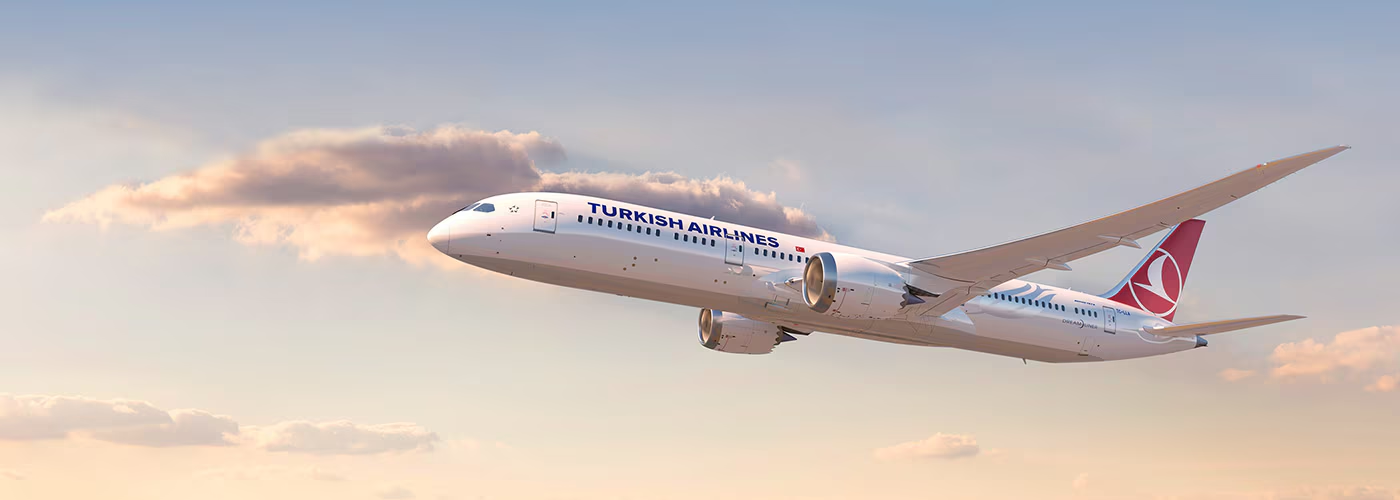How Do Planes Stay in the Air?
In this article, I will be explaining how airplanes stay in the air in the simplest way possible. By explaining how the four forces work. So, have you ever wondered how planes stay in the air? No, it’s not magic, it’s called aerodynamics.
The Four Forces:
During flight, the four forces acting on the airplane are lift, weight, thrust and drag.

Lift
Lift is the force created by the effort of airflow as it passes over and under the wing. During flight, the airplane is generally supported by lift. How the air moves around the plane, especially the wing, is important before the aerodynamic force of lift is helpful.
Weight
The downward pull of gravity is the reason for weight. The weight of the plane doesn’t remain the same at the end of each flight due to the fuel decrease, as well as other factors that cause the change of weight of the aircraft.
Thrust
Thrust is the force that moves the airplane forward. Thrust is produced when the engine turns the propeller. It is the forward-acting force that resists drag.
Drag
Drag slows the airplane and limits the forward speed of thrust. A normal example of drag is when you walk against strong wind. In short, it acts opposite the direction of flight.
The four forces are in equilibrium during unaccelerated flight. Meaning, during a straight-and-level, unaccelerated flight, lift equals weight and thrust equals drag.

Resources :
Book: Guided Flight Discovery
Nasa.gov
You might also like:
- TRANSONIC TRUSS-BRACED WING
- Float like an astronaut,fly like a superhero! – The ZERO-G experience
- Why flight delays and how to avoid
- Emirates Boosts Flight Frequencies for Eid Travel
- Aviation-Themed Games and Their Growing Popularity Worldwide
Discover more from Aviation for Aviators
Subscribe to get the latest posts sent to your email.













